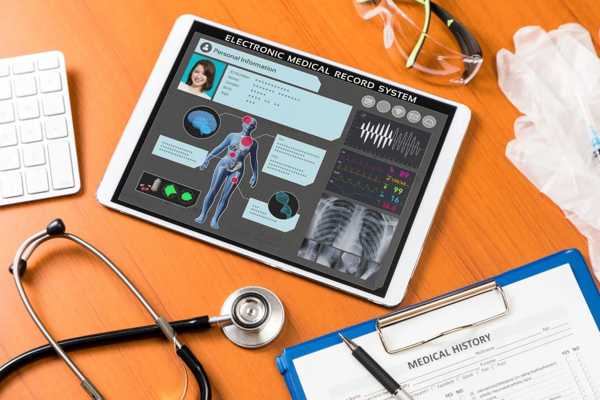Harnessing the Potential of Electronic Medical Record Systems
Today, nearly 86% of U.S. hospitals rely on electronic medical record (EMR) systems, revolutionizing the way patient data is stored, accessed, and exchanged. This article explores the advantages, obstacles, and future trends shaping their role in modern healthcare.
Today, nearly 86% of U.S. hospitals rely on electronic medical record (EMR) systems, revolutionizing the way patient data is stored, accessed, and exchanged. This article explores the advantages, obstacles, and future trends shaping their role in modern healthcare.

What Are Electronic Medical Record Systems?
Electronic medical records are digital versions of traditional paper charts, compiling a patient’s history, diagnoses, and treatment information within a single healthcare practice. By centralizing data, they give clinicians immediate access to vital details that support accurate, timely decision-making. Key tools include alerts for allergies, drug interactions, and preventive screenings, all of which boost safety and outcomes.
Unlike personal health records, which are controlled by patients, EMRs are designed for provider use. Electronic health records (EHRs), on the other hand, are built for interoperability—allowing data sharing across multiple organizations and care settings.
Benefits of EMR Systems
By reducing paperwork and automating administrative tasks, EMRs streamline daily workflows, freeing up more time for direct patient care. Studies show that digitization can cut documentation work by nearly half.
Additional benefits include:
Higher data accuracy – reducing duplicate records and errors.
Better preventive care – reminders encourage timely checkups and interventions.
Improved collaboration – secure messaging enables faster, safer clinician communication.
Challenges of Implementation
Transitioning to EMRs can present significant hurdles. Upfront costs for licensing, hardware, and staff training may be particularly burdensome for smaller practices. Staff resistance to moving away from paper charts can create temporary inefficiencies during the learning curve. Strong onboarding and training programs are key to overcoming these issues.
Data protection is another major concern. Systems must employ robust cybersecurity defenses and meet federal compliance standards such as HIPAA to safeguard sensitive health information.
Regulatory Framework
Federal policies play a central role in shaping EMR use. The HITECH Act encouraged “meaningful use” of health IT, rewarding providers that use EMRs to improve safety, efficiency, and patient care. Meanwhile, HIPAA continues to enforce strict requirements for privacy and security, reinforcing trust between patients and healthcare organizations.
The Future of EMR Systems
Emerging innovations will expand EMR functionality far beyond today’s capabilities:
Greater interoperability – seamless exchange of records across hospitals, clinics, and specialists.
AI and machine learning – advanced analytics to predict risks, identify trends, and aid clinical decision-making.
Telehealth integration – support for remote visits, digital consultations, and virtual care delivery.
Enhanced patient engagement – personalized care plans and mobile access tools to involve patients more directly in their health.
Conclusion
Electronic medical record systems are transforming healthcare by centralizing data, improving workflows, and enabling better clinical collaboration. Although adoption challenges such as cost, training, and data security remain, regulatory guidance and technological advances are paving the way for more connected, efficient, and patient-focused care.

